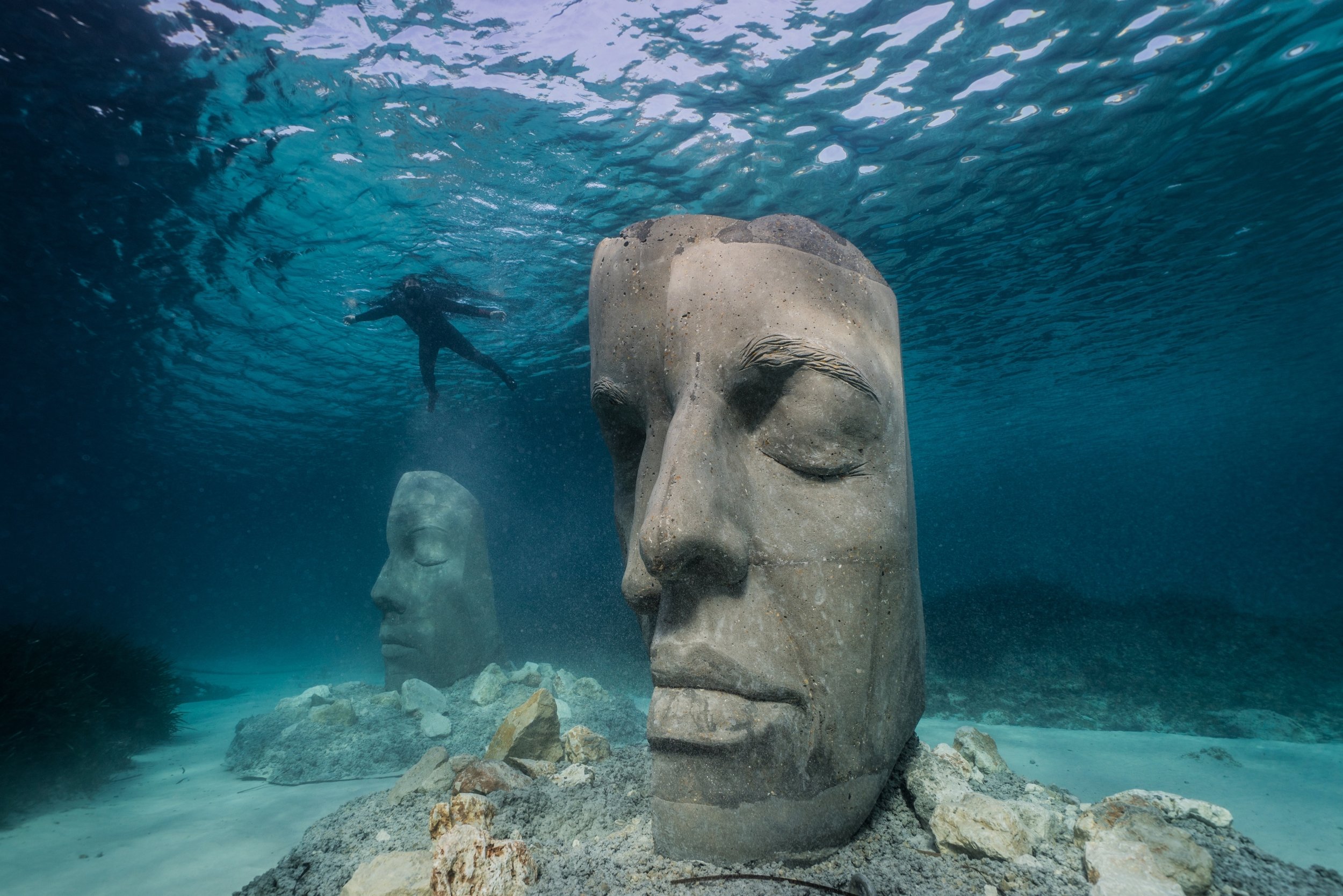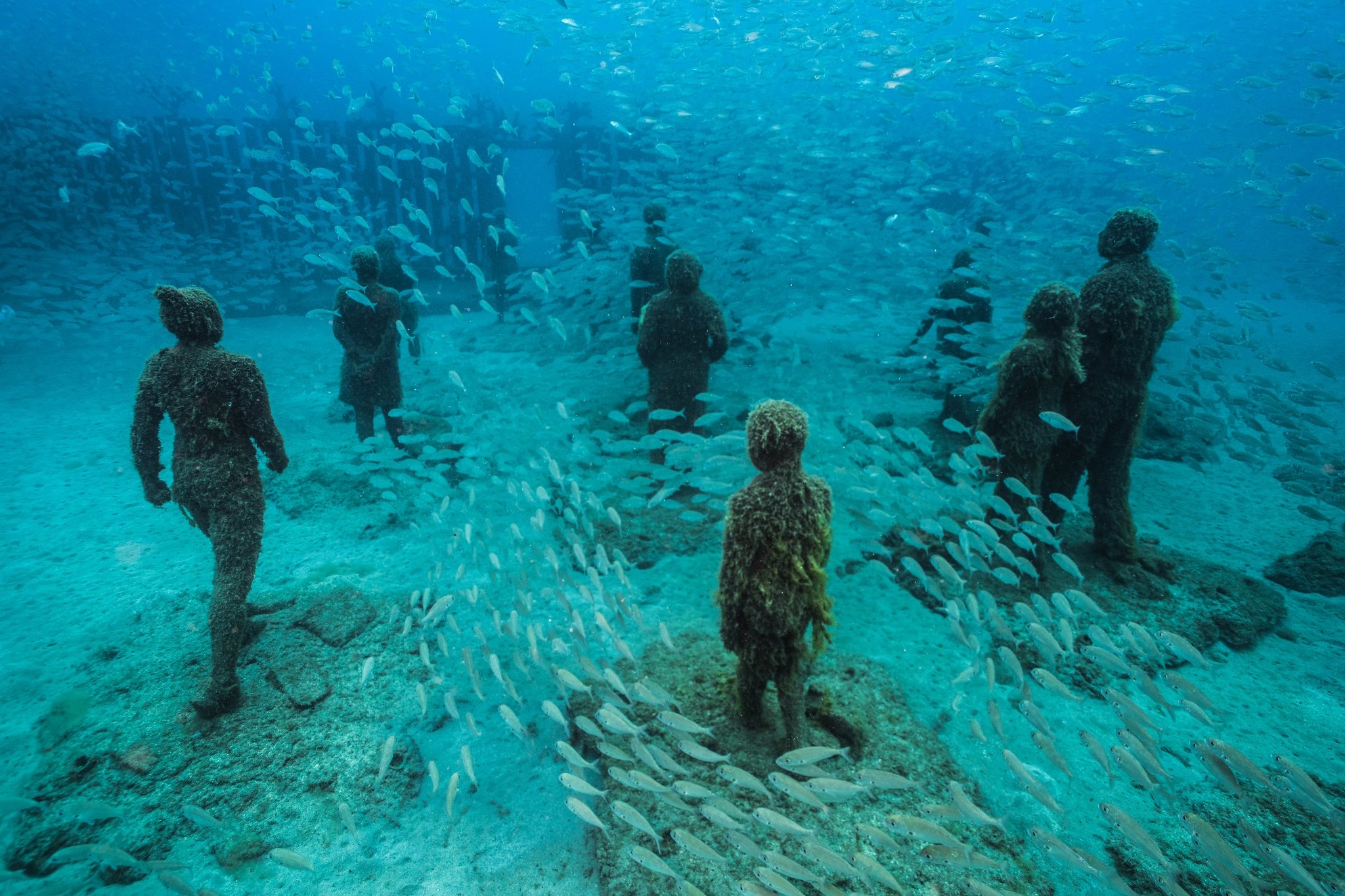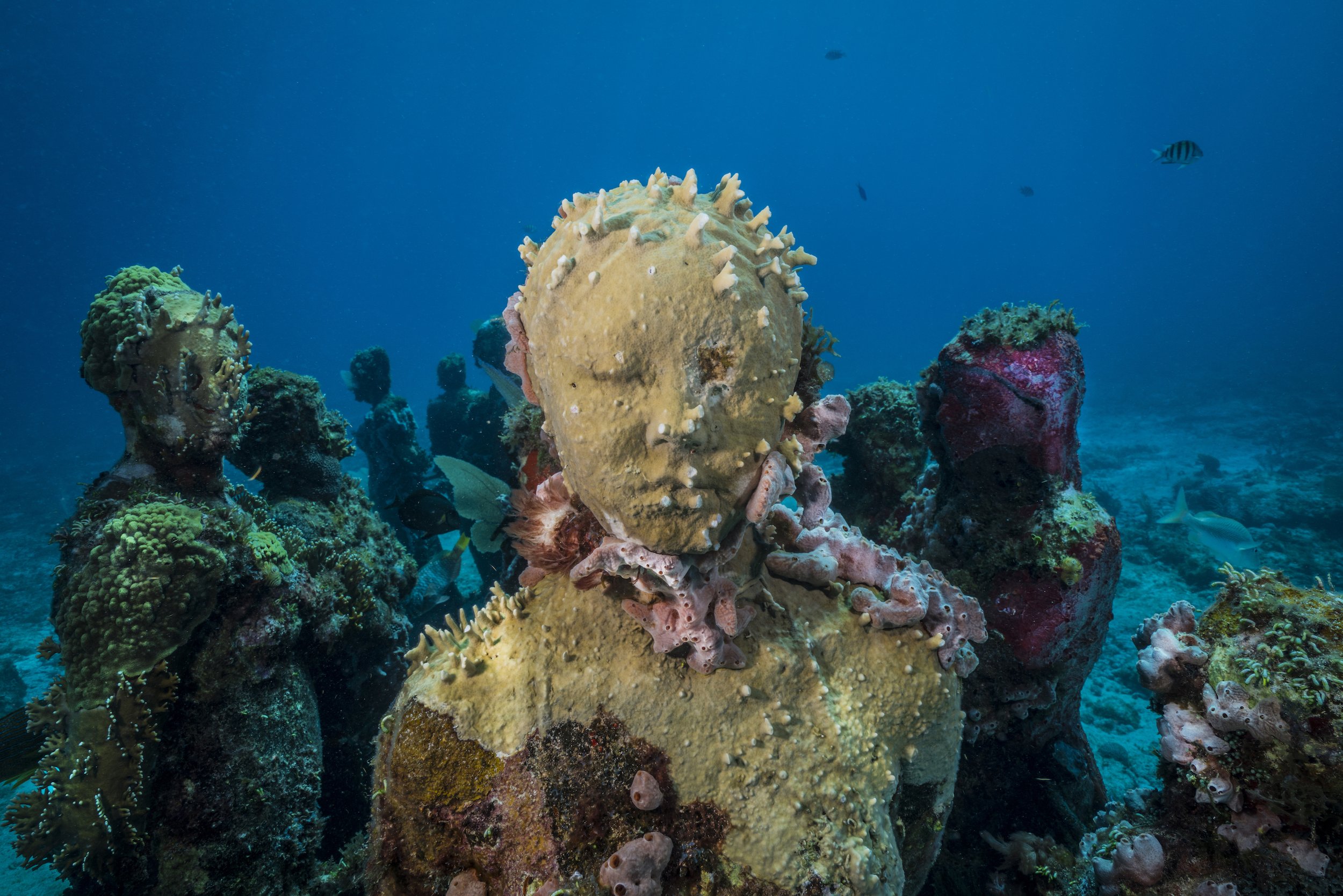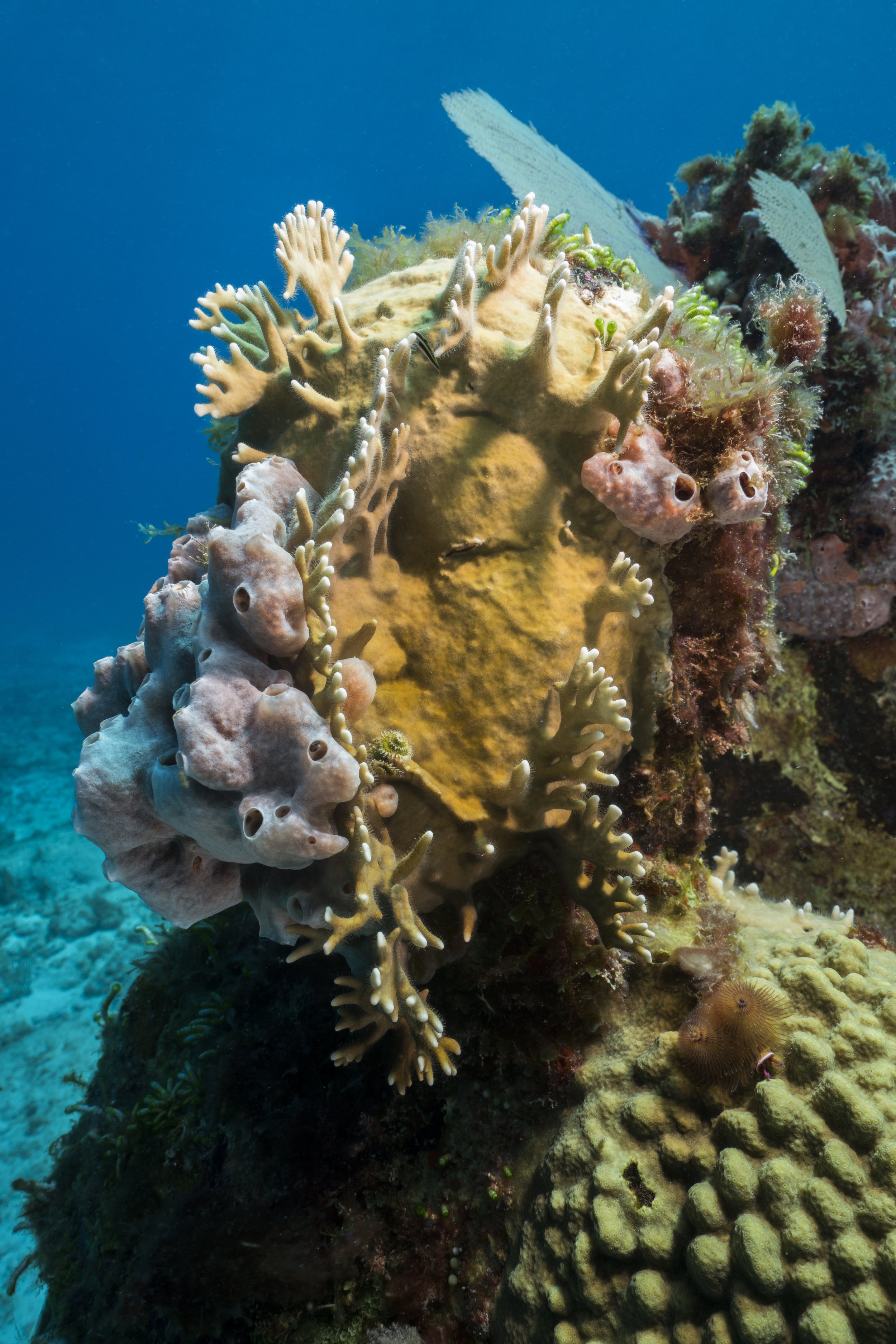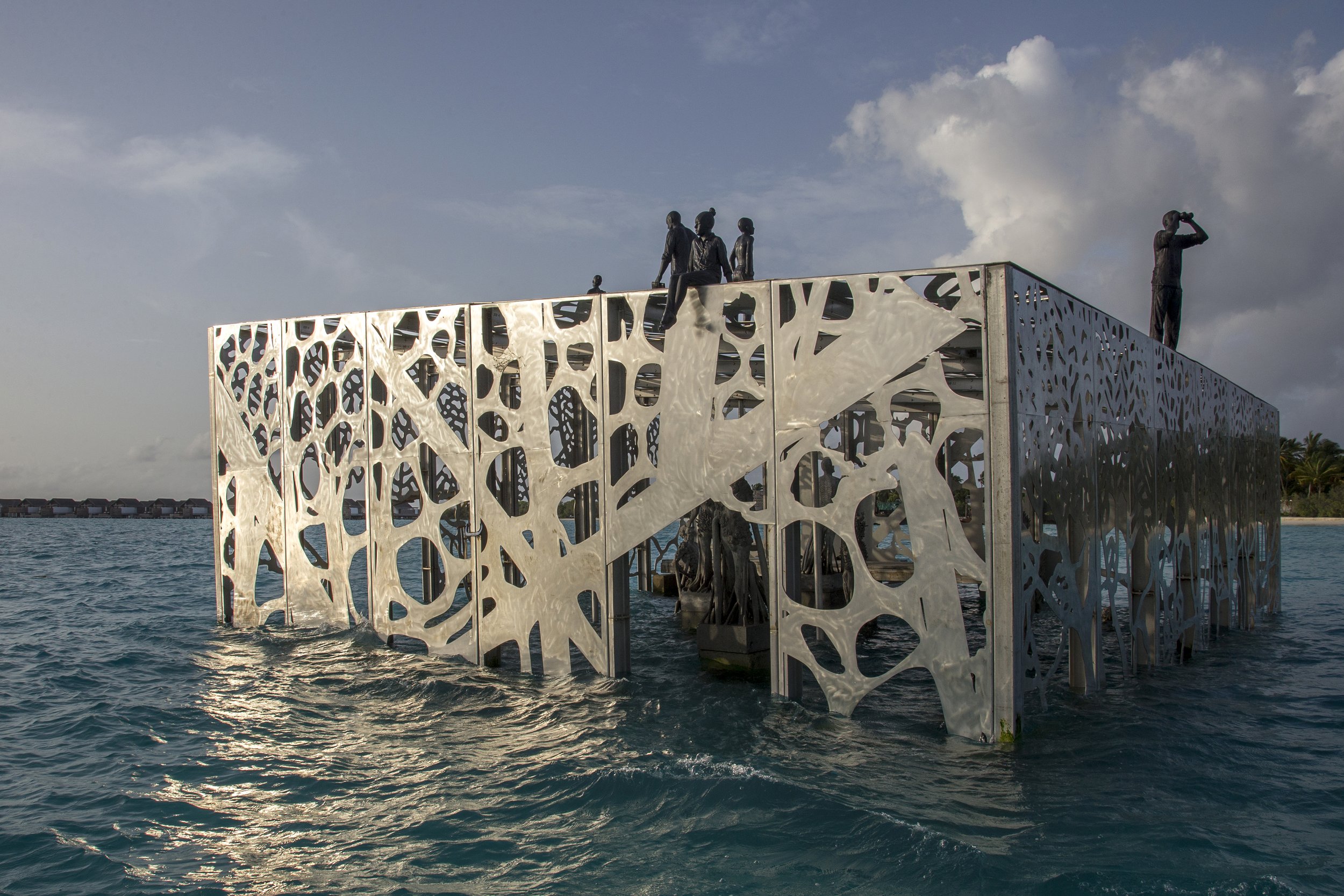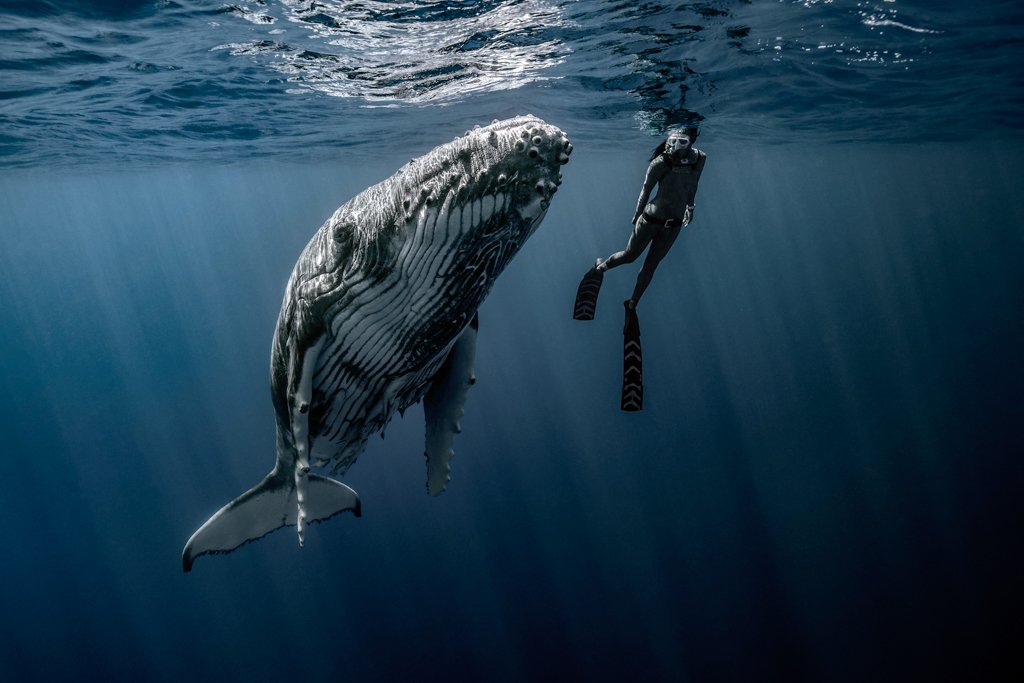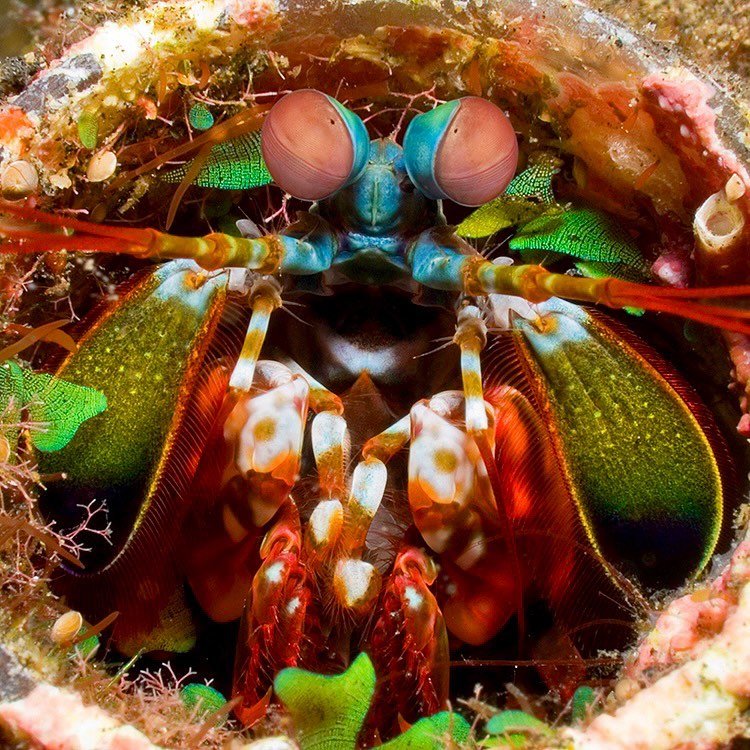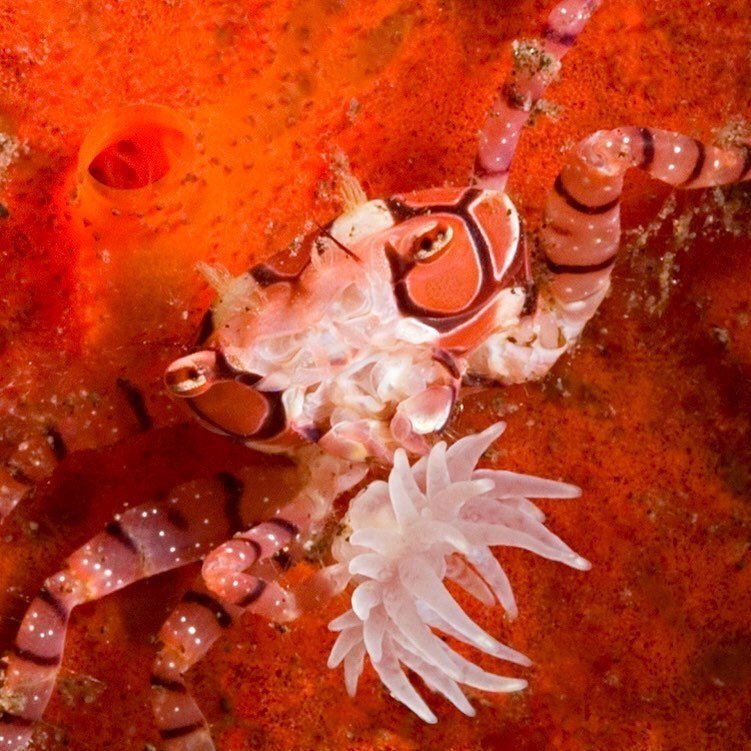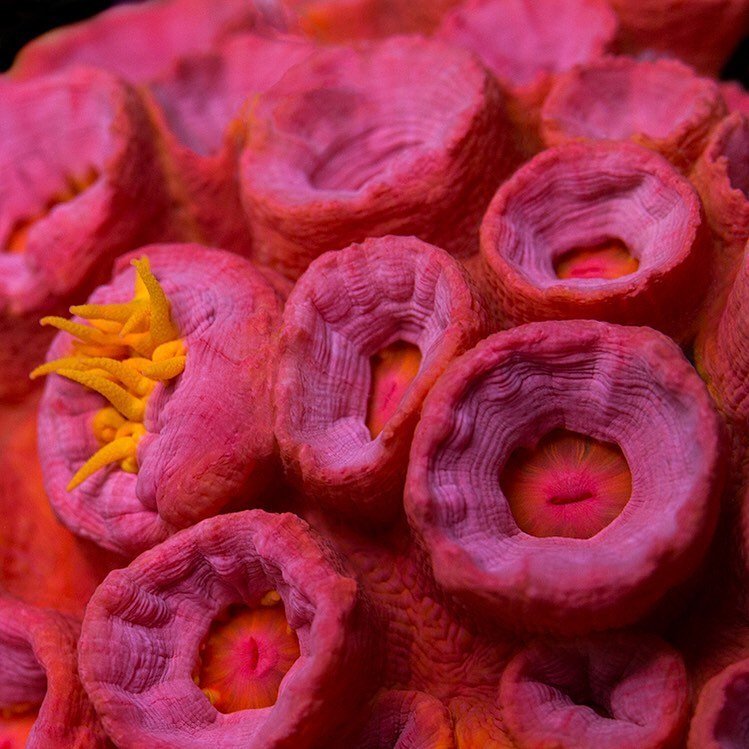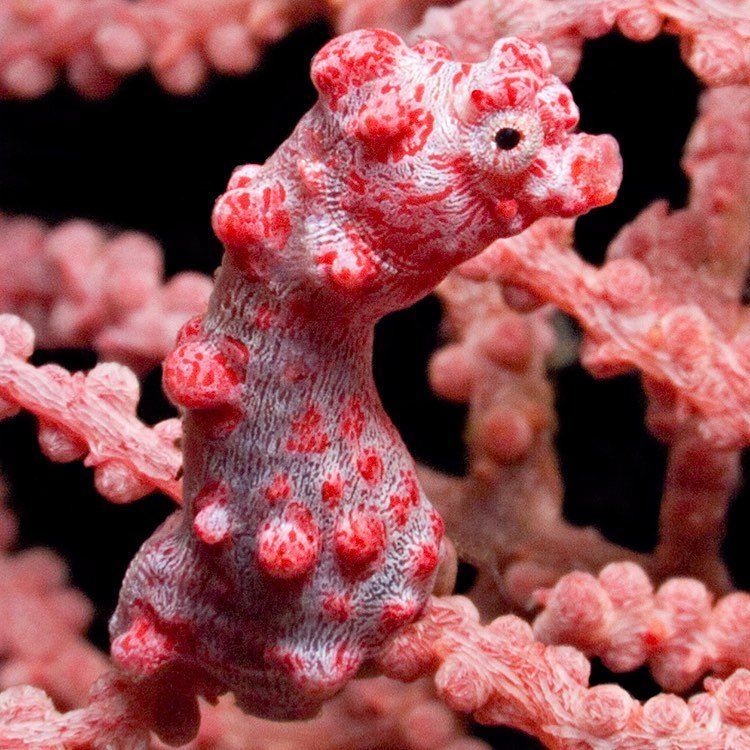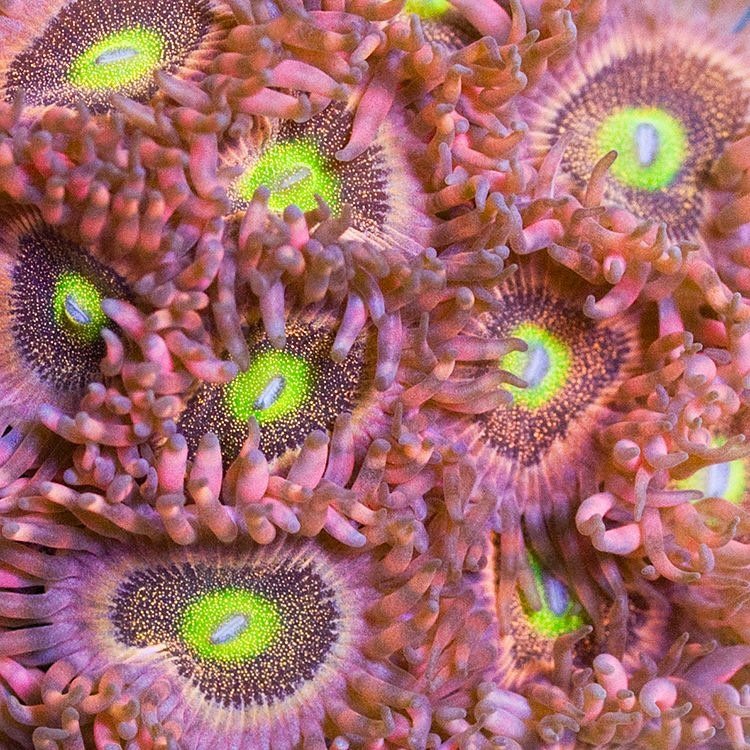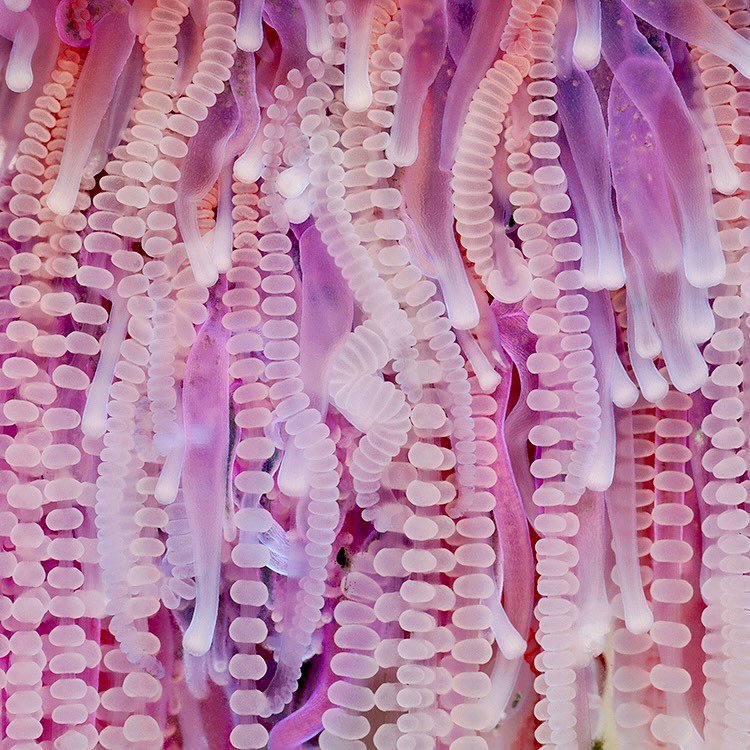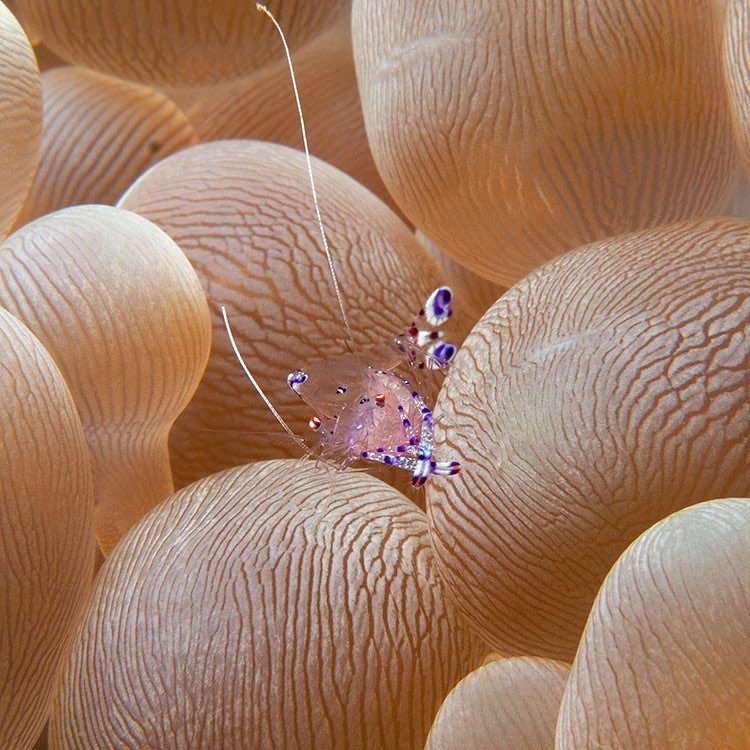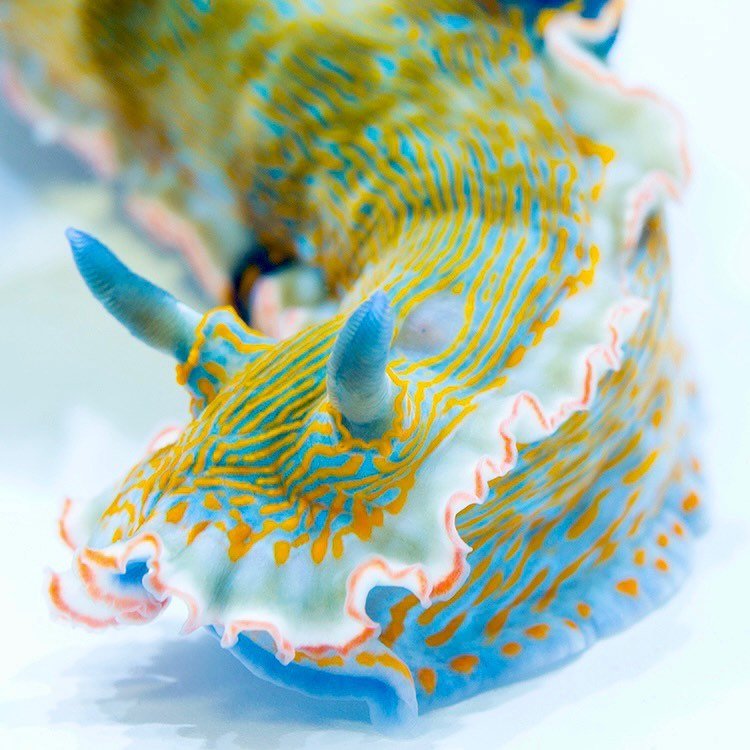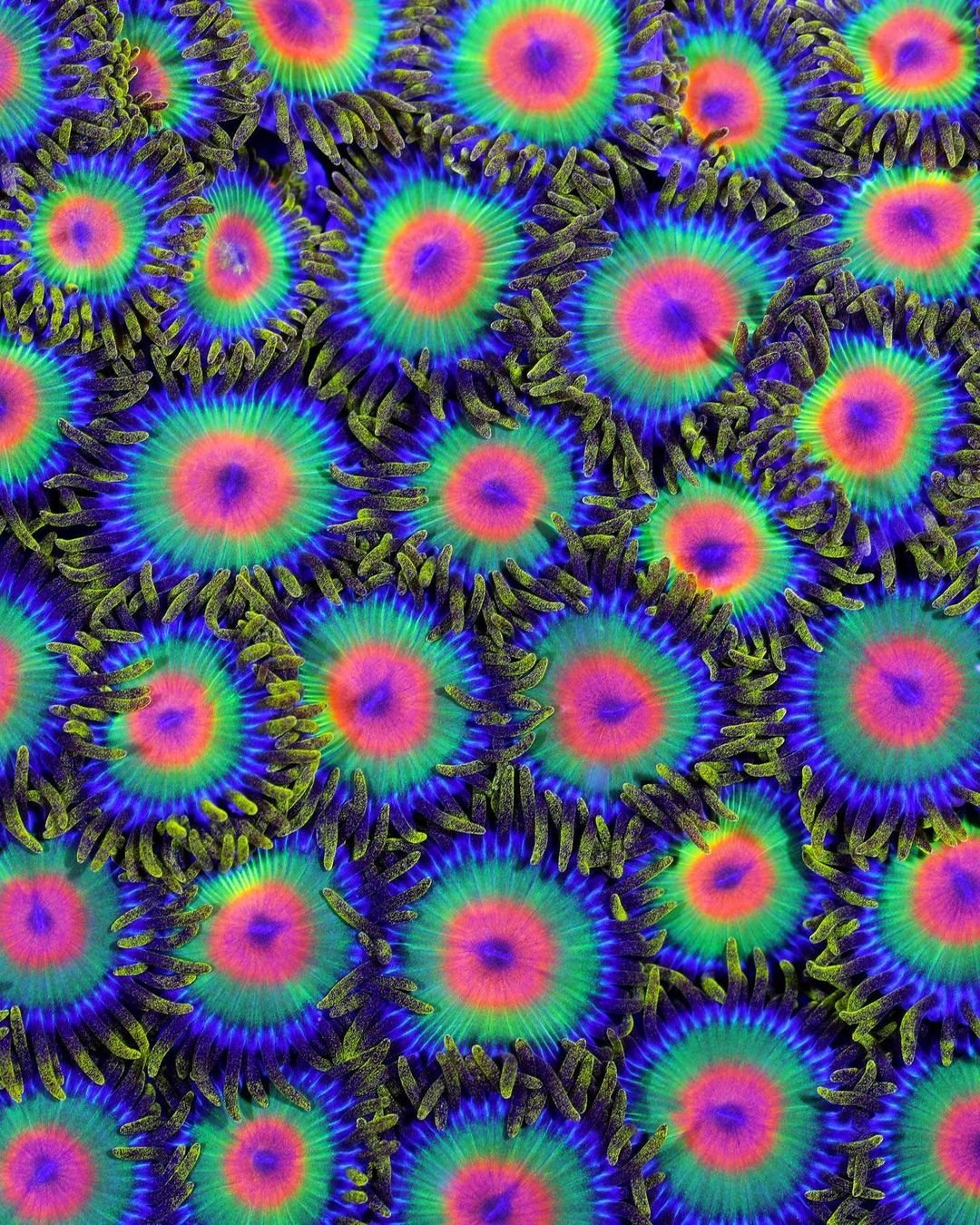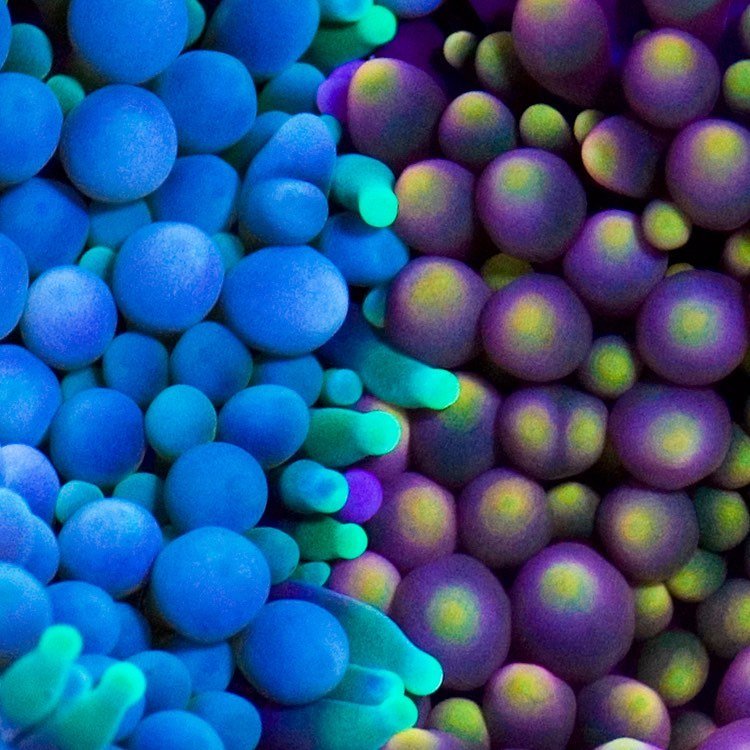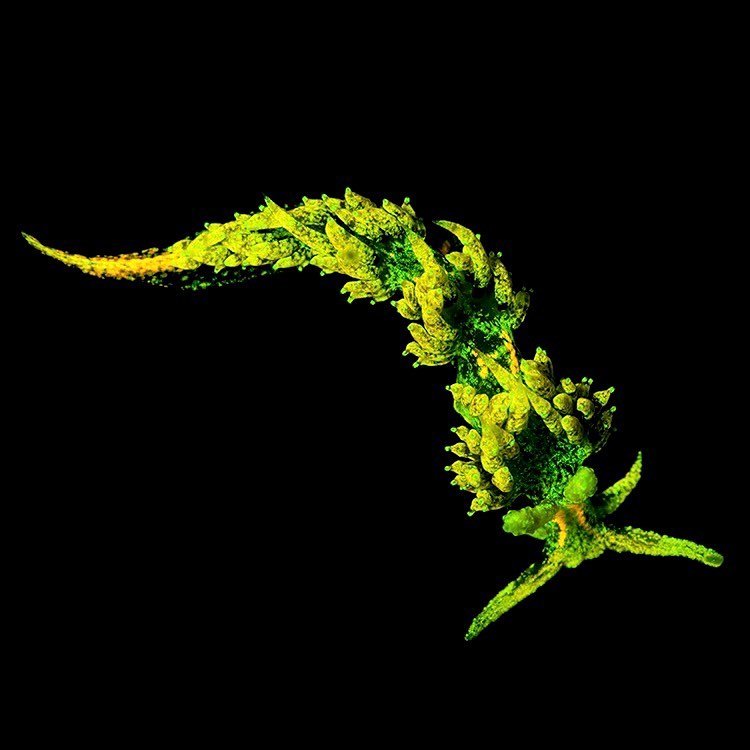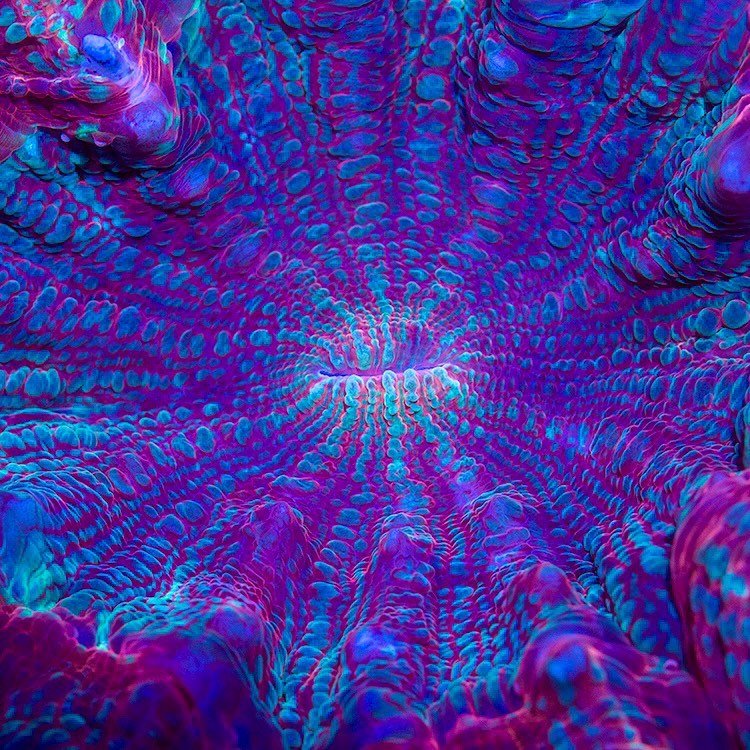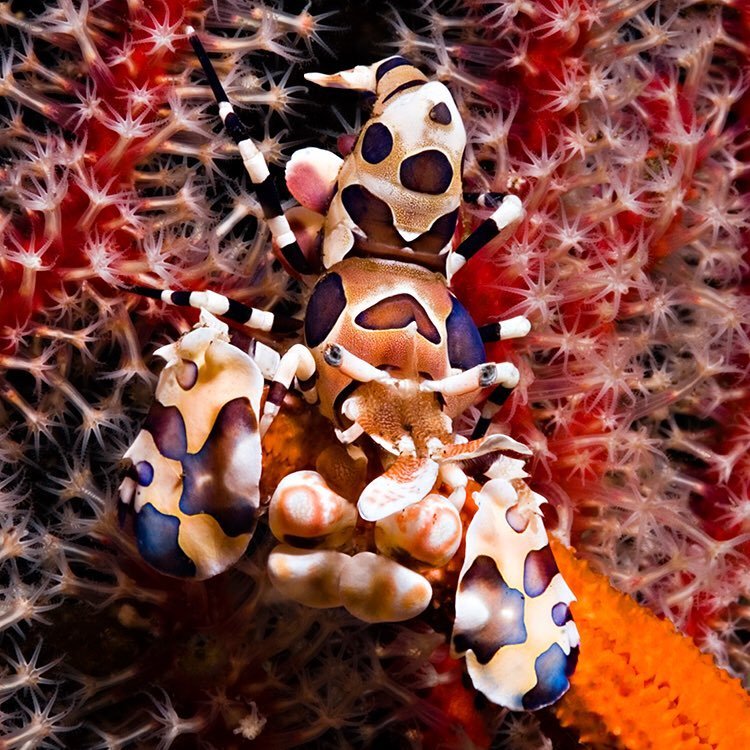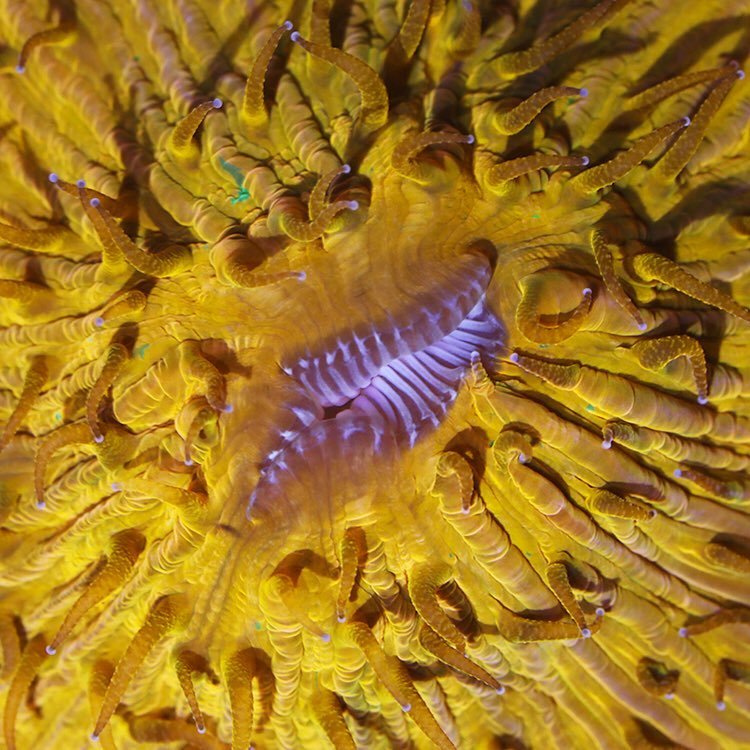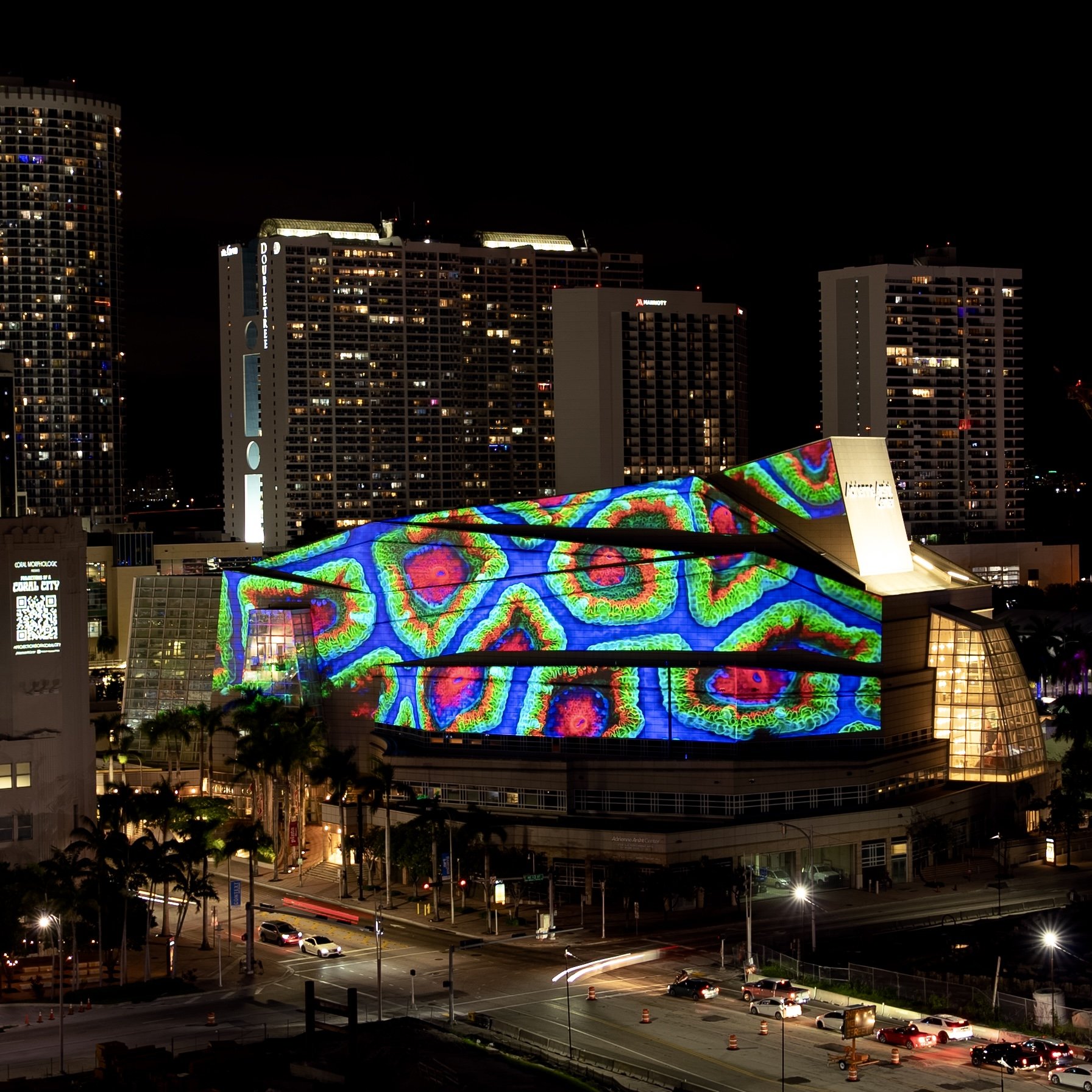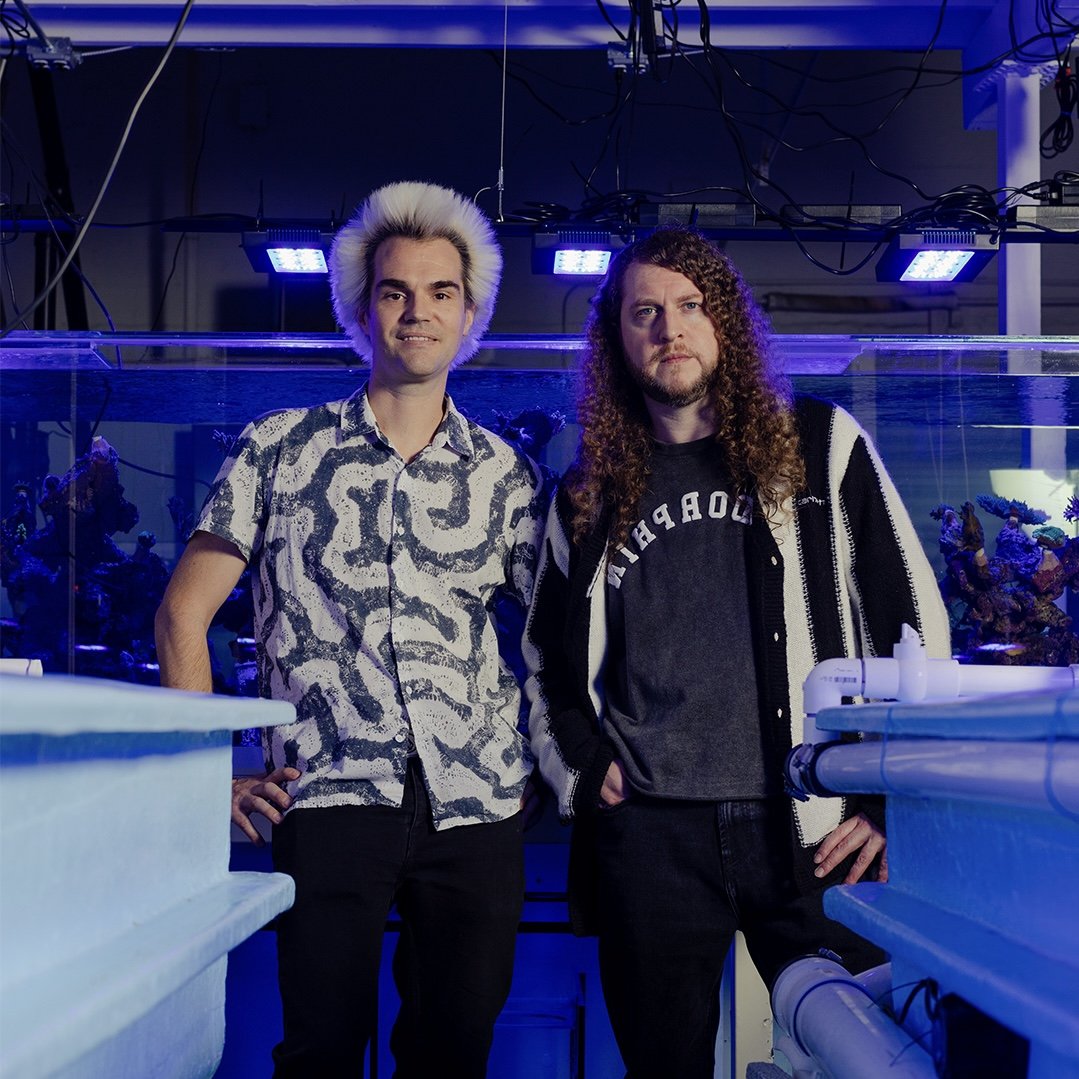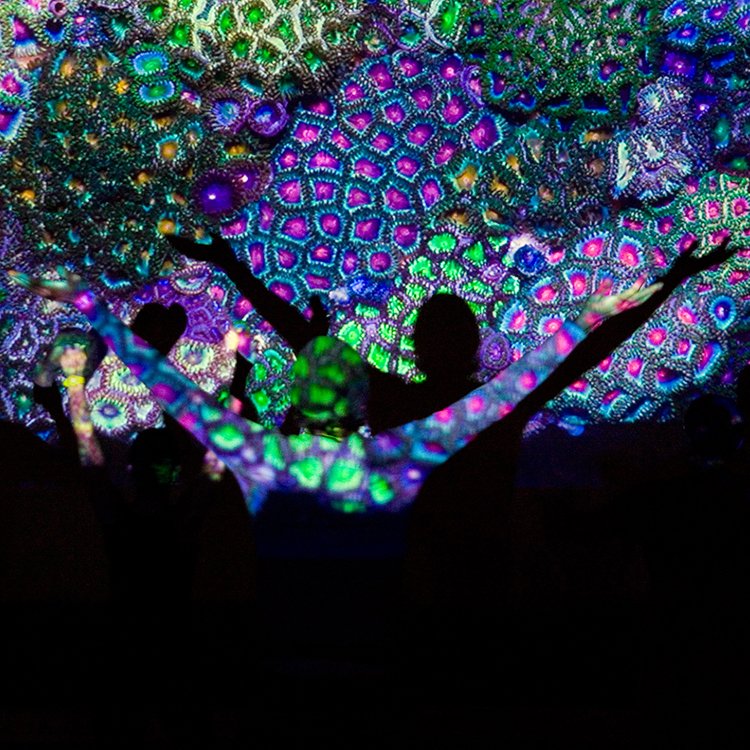
water sculptures: jason decaires taylor
For almost two decades, Jason deCaires Taylor has been part of a unique collaboration with nature, building sculptures that are then submerged under the sea in areas where they will catch the coral polyps after they spawn and become artificial reefs teeming with fish and other marine life.
“Museums are places of conservation, education, and about protecting something sacred. We need to assign those same values to our oceans.”
Jason deCaires Taylor
Cannes Underwater Mylor
For almost two decades, Jason deCaires Taylor has been part of a unique collaboration with nature, building sculptures that are then submerged under the sea in areas where they will catch the coral polyps after they spawn and become artificial reefs teeming with fish and other marine life.
“As soon as we sink them, the sculptures they belong to the sea.”
- Jason deCaires Taylor
The unique underwater ‘museums’ Jason has created all over the world, are visited by tens of thousands of tourists each year, providing a living, ever-changing theatre where people can fall in love with the underwater world.
His astonishing installations are simultaneously sacred and familiar, reminding us of the unique ability nature has to restore itself and warning us not to be complacent when it comes to protecting our ocean habitat. Like many other great ecologists, Nhat Hanh, Jacques Cousteau or Aldous Huxley for example, Jason understands that we will only fight to save what we know and value.
Coral sequence
Your work is unique in that you collaborate with the ocean, so your pieces grow and change organically over time, as they become reclaimed by the sea and its marine life. What is this process like for you? How do you feel when you revisit them?
This is of course the essence of the work, so it's the part that intrigues and excites me the most. I work with materials, textures and colours in the studio every day, but nothing can replicate the natural forms and intense colours created underwater, so it's always fascinating to see how it has evolved. It's the moment where all the research, planning and sculpting come together, for me it's the big reveal. I always return to see them with a great sense of trepidation, are they going to be completely emblazoned by coral forms, is a rare pineapple fish going to be living under a chin or are they just covered in algae and the coral bleached. Much depends on the sea conditions on the day, in a way part of the creation of these works is documenting them, so I am always obsessed about light, colonisation, water visibility and movement. It's ever changing, so each visit is always unique, a living laboratory if you like.
Part of the power of your work seems to lie in the fact that it is both hopeful and mournful at the same time – giving us stark reminders of the perilous position we find ourselves in and yet offering us the chance of salvation and new life. Do you have an overall sense of positivity for our oceans and humanity?
I wouldn't say I have a consistent approach; my feelings often range from complete futility and anger to a genuine belief in the good in people and the amazing ability nature has to recover. I think these feelings all infuse themselves into the work, but I hope some of the latter prevails in a stronger light. Ultimately, after all is gone, life is found.
It is vital that we hold people accountable for their actions but, at the same time, motivate change by remaining hopeful and positive. I do sometimes worry that our apathy and denial is a genetic flaw/ basic survival mechanism that helps us survive in the short term but is internally engineered to limit our expansion over a longer period, as the rise and fall of numerous civilizations have demonstrated. However, this time the stakes are much higher, and the outcomes could be much worse.
The Silent Evolution, Mexico
The Silent Evolution, Mexico
What is it like to sculpt someone then submerge them? Is the process as intimate as it seems? Are there any individuals that stand out to you from your career, and if so, why?
I have tried a range of different methods to sculpt people, from traditional clay modelling, stone carving and more recently 3D scanning but the method I continually return to is life casting. The process like you mention is very intimate and personal and very dynamic, you arrive at a full positive form within hours. It also captures every line, every pore of the skin in forensic detail and the intensive process requires the model to place great trust in you which is something that draws you together closer. I could write a book on all the characters and experiences we have had life casting. I try to capture people from all walks of life so quite often I approach people on the street, so one minute they can be going to the shop to buy a loaf of bread, the next minute they are in my studio encased in a shell of plaster and vaseline. Certain characters as soon as they drop out of the mould the final sculpture is clear, I instantly know the title of the piece, the message and where I will eventually locate it. It is hard to know the qualities that make that happen. A fisherman in Mexico called Joachin was one of my favourites, his proud stance, chiselled and mysterious face instantly reminded me of the sea.
Do you have a favourite piece, or one that you are most proud of?
Underwater sculptures certainly age better with time. Most of my favourites are quite often some of the earliest works, even though they may be more rudimentary and basic, the marine life has been prolific. I recently visited projects in Grenada and Mexico and in some cases it was hard to establish the sculpture from the natural surroundings. I really love the idea that no matter how much humans try to conquer nature we will all ultimately be absorbed back into the landscape. An important reminder that we are nature (It's no surprise I really love post-apocalyptic films). These earlier works are inundated with fan corals that oscillate in the currents and dense networks of red and pink sponges that channel water through their capillaries. Fire worms and small hermit crabs scuttle across the surfaces. It is nature as theatre, a truly living museum.
What are the most important values you think humanity should celebrate to conserve the oceans and save us from the consequences of climate change?
Firstly we need to change our language in how we describe the sea. I get very frustrated when I hear people talk about fish stocks, quotas, marine resources, zones and territorial waters. It glosses over the fact that we are killing wildlife and decimating natural fragile ecosystems on an industrial scale. Of course everything is interconnected in one-way or another but our seas are especially so, as currents, nutrients and species traverse the planet, borders become particularly arbitrary.
I think if we can change how we relate to nature, how we imagine it then we can better protect it. When people imagine the ocean it can elicit a range of responses, for some its freedom, beauty but for many others its fear and a sense of the great unknown. It’s hard to feel empathy for something so well hidden. In general I don't think people really value the sea. We forget it provides half our oxygen, contains 97% of the world's water, regulates temperature and climate, absorbs 90% of the heat and 30% of the carbon dioxide we create, it's an estimated home to 2 million species, 90% of which have yet to be fully documented.
Your work has not been without controversy, namely the destruction of the Coralarium in the Maldives in 2018 for being ‘anti-Islamic’, and the apparent plagiarism of your work in Damien Hirst’s 2017 show Treasures from the Wreck of the Unbelievable. Have either of these experiences changed you as an artist?
It is difficult to say how, but I am sure an element of cynicism and caution or maybe you should call it experience has now entered my practice. When I first started working underwater I used to think that the sharks in the sea could be a potential danger. Now I realise it's the sharks on land that you have to watch out for. Oceanic sharks can sense blood in the water for miles, land ones can smell money and power on a galactic scale! Authenticity is a rare commodity across the Internet. After the digitalization of many of our interactions from the pandemic I really try to seek out real experiences and connections with people now and try to look through so much of the online veneer.
Coralarium, Maldives
Your work has strong political messages, challenging us to question our collective values and how we got to this stage of climate breakdown. What are your thoughts on the role that art can play in activism?
I think culture plays such an important role in shaping our beliefs and actions and it's been incredibly devalued by our leaders in modern times. Scientists have been making a logical scientific case for climate breakdown for many years and it clearly hasn't motivated people enough. We are emotional spiritual beings that often make some of the most important decisions of our lives based on feelings such as; love, religion and sense of community and belonging. Ancient civilizations knew the importance of iconography and culture to guide our beliefs; marketing and advertising companies know how important it is to connect to emotions in order to sell products. I truly believe artists can bridge the gap between fact and fiction and play a vital role in changing our relationship to the natural world. I think when scientists and artists collaborate it creates a formidable force.
Inertia, Mexico
What next for you?
Ooh, lots of new projects in the pipeline. Getting ready to reveal a new set of sculptures on the Great Barrier Reef in Australia which celebrate the research of a series of marine biologists and indigenous leaders. Several new coral restoration projects in the Caribbean and a series of activist pieces here in the UK which focus on water quality and corporate responsibility (read between the lines on that one).
AI FUTAKI: MESSAGES FROM THE UNDERWATER WORLD
Ai Futaki is an apnea-free-diving Guinness World Record-holder and documentarian. She considers herself a “Subaquatic Messenger”, dedicated to sharing her incredible encounters from the sea.
“I believe my role is to share the connection from underwater. An image can speak a thousand words. And it doesn’t matter your generation, your sex, your nationality because it’s the universal language.”
“I use free divings to share the wonders of underwater. It is the most natural way to be in the water.”
Ai Futaki
Photo credit: @Darren Jew
Ai Futaki is an apnea-free-diving Guinness World Record-holder and documentarian. She considers herself a “Subaquatic Messenger”, dedicated to sharing her incredible encounters from the sea: “I believe my role is to share the connection from underwater. An image can speak a thousand words. And it doesn’t matter your generation, your sex, your nationality because it’s the universal language.”
According to Ai, diving without equipment is key to understanding the flow and the energy of the animals in the water. We spoke with her to find out more about the underwater world she has been invited into, what she has learned from the creatures she found there, and why she feels it is important to be led by her heart instead of the brain.
Tell us how you found your path as a free diver.
I grew up on the coast side of Japan, so I experienced the ocean since I was very small. I started swimming when I was three years old and I was always in the water.
Initially I wanted to be a documentary director. Then when I was 21, several bad things happened all together. I was depressed and closed myself off. After a month or so, I said to myself, “I am still young. I can’t finish my life like this.” Suddenly came the intuition “I must go back to the water.” I don’t know why, but I chose Scuba diving. In one week, I was in Honduras. I still remember when I went underwater for the first time, I thought, “This is it, this is where I should be." That was when my underwater journey started.
However, with scuba when you exhale there is a sound and bubbles, so although you can stay for a long time and observe things, you cannot be part of the underwater world. The outsider that I felt in Japan, I felt underwater because all the ocean creatures scared and ran away. By chance, I tried free diving and it all came together. Free diving is holding my breath under water like whales and dolphins do, so I can be one of them, and they treat me as if I am their younger sister who cannot dive or hold her breath that long!
By that time, I got clear the message that I wanted to share “We are all connected, and we are all part of this beautiful planet.” But I was nobody. There was not much social media like now. To share the message, I needed to be someone. That’s the reason I did the Guinness World Records, which are for the longest distance swam in a cave with one breath (100m with a fin which I was the first woman in the world to achieve, and 90m without fins which I was the first human to achieve).
You have so many different pictures where you are so close to crocodiles and big animals. Are you not scared during these encounters?
People ask me that a lot, but I am more scared of being in the middle of big cities, because nature and animals are more direct and honest. Before something happens, there is always a sign. So, whenever I feel something is not right, I just leave. Also, when I go to the water, as it is their home, I respect them: I introduce myself and I don’t go in with my dirty shoes. I believe if I want them to respect me, I must do that first. And if they let me be there, I will be in.
It’s not true that I don’t have fear, but I just let it be. The aim is to be attentive and sensitive to whatever is happening. As humans, our minds tend to be much stronger than the senses, so if your mind is busy, you cannot catch these really sensitive movements. In the water, the vibrations travels four times faster than here on land, so whatever feeling I have, they realise it and, they know it before I know myself. There is nothing you can hide, so I just open myself.
Photo credit: @Fabrice Dudenhofer
What has the water taught you about humanity?
Through free diving, I’ve realised the importance of being in the moment; not in the future, nor in the past. You need to be completely present in the water, in a meditative space, calm with no emotions.
When I do underwater photography, I try to be as transparent as possible. It’s all about their story. I just “click” the shutter when they say “Now”. Whenever I see whales really close, and I see their eyes, I feel like they are not just looking, they see your inside, so I can’t hide anything. And they are just saying follow the truth and be honest. And I don’t know why, I will always say ‘sorry’ for being human.
Through my work, I wish to inspire, plant a seed, and I hope it will grow. The seed, the message, is that we are part of this planet, not the owners of the Earth.
What are the most impressive memories you have of the water world?
What I feel mostly is their strength, their courage. They just use whatever they can use for their houses or nest, whatever they can to find a way to live and have a future.
When I am with the humpback whales, a mother and calf, I see the love. I see how the mother takes care of the baby. And when I am back here on land, I can’t help but question whether we have left the most essential part of our connections behind. We have technologies and different ways of communicating with each other but something is lost. The harmony of the family is not outside; it is inside.
What was it like spending time with the Ama divers?
It was very interesting. It’s a dying culture. Where I went, the youngest Ama diver was sixty years old, and the oldest was 87 years old - not walking very fast but once in the water like a penguin!
They taught me the importance of give and take, the law of nature. They say “we are taking something from the ocean, but we are also being part of the ocean.” I saw that even humans can be part of that natural cycle of life. They live really simply, but I felt clear that simpler is happier.
If you have to say a gift that you have received from the underwater world, what would it be?
I am grateful the animals show me the way to face myself and for the opportunity to deeply connect with them.
As we are mammals, I have more connection with sea mammals. I can see their emotions from the eyes and the movement. They swim so much faster than I do and they go so much deeper than I am able to go. But interestingly, when they are comfortable with this new and different creature, they seem to slow down so I can catch up with them. I had this experience once when I was with sperm whales. They swim down to 2000 meters and they only eat the giant squid. When the mother goes down the kids stay on the surface because they can’t go that deep. That’s the moment when I had a chance to swim with them. The mother went down for 40 -45 minutes and I stayed with her children. After this 45 minutes, they started to swim away so I thought, ok the mother is calling them. Suddenly they stopped while they were swimming away and they looked back at me just like “hey, our lunch is here, aren’t you coming?” It was really impactful - the moment they accepted me.
Have you noticed a lot of changes in the underworld because of climate change?
Wherever I go in the world, the locals always tell me that 5 or 10 years ago the areas were more beautiful. Everything is changing. It was so obvious when the pandemic happened and we couldn’t go outside; the sea turtles came back to the beach after decades. We humans were one of the last to arrive on to this planet, so in my opinion we should try to have the least impact possible.
What do you hope for the world?
I believe and I hope that when we have harmony within ourselves, we do with others, too, like a ripple at the surface. We are so disconnected from everything, even from ourselves. It’s very important to connect ourselves, our centre and not to lose our core. Always, the problem and the solution is within ourselves.
I think we judge too much, which is why humans feel so much more relaxed in nature because nature doesn't judge. It’s the same in the water. I feel the ocean has this power.
It might sound irrelevant, but to change the world first we need to connect within ourselves; when we connect, everything starts changing.
“We are deeply connected to the ocean; we hold the ocean within us.”
Ai Futaki
coral morphologic
Coral Morphologic is the leading creator of innovative underwater media chronicling Earth's imperilled coral reefs. Coral Morphologic was founded in 2007 by marine biologist Colin Foord and musician J.D. McKay in Miami as a multi-faceted platform for the development of symbiosis between humans and coral. Coral Morphologic's unique methodology blends science and art in a way that enamours popular culture with the beauty of coral while inspiring the next generation to restore the reefs and protect the planet.
“To stand at the edge of the sea, to sense the ebb and the flow of the tides, to feel the breath of a mist moving over a great salt marsh, to watch the flight of shore birds that have swept up and down the surf lines of continents for untold thousands of years, to see the running of the old eels and the young shad to the sea, is to have knowledge of things that are as nearly eternal as any earthly life can be.”
Rachel Carson
Coral Morphologic is the leading creator of innovative underwater media chronicling Earth's imperilled coral reefs. The project was founded in 2007 by marine biologist Colin Foord and musician J.D. McKay in Miami as a multi-faceted platform for the development of symbiosis between humans and coral. Their unique methodology blends science and art in a way that enamours popular culture with the beauty of coral while inspiring the next generation to restore the reefs and protect the planet.
"These days, with more and more of our daily lives' being spent indoors and influenced by algorithms, it's common to feel a disconnection with nature. Through our work, we aim to remind everyone that we cannot give up on the fact that individuals can change the world for the better and that each drop in the ocean, indeed, does count. Our approach of communicating the beauty and importance of coral reefs to pop culture in a variety of ways is an example of how to re-engage people with a sense of natural wonder and how that may lead to meaningful actions, either small or large."
Colin Foord and J.D. McKay
The Coral City Camera is an underwater camera streaming live from an urban coral reef in Miami, Florida. The CCC is a public art and scientific research project by Coral Morphologic produced with Bridge Initiative and Bas Fisher Invitational.
Photo 1- 'Projections of a Coral City', projection mapping the Arsht Center - Miami, 2022 - Photographed by Jorge Gonzalez-Graupera / Photo 2 - Coral Morphologic (Colin Foord & J.D. McKay) portrait in the Coral Morphologic Lab - Miami, 2002 - Photographed by Alfonso Duran / Photo 3 - 'Clytie', projection mapping the Art Deco Welcome Center - Miami Beach, 2010
To learn more about their work, visit @coralmorphologic & coralmorphologic.com.


